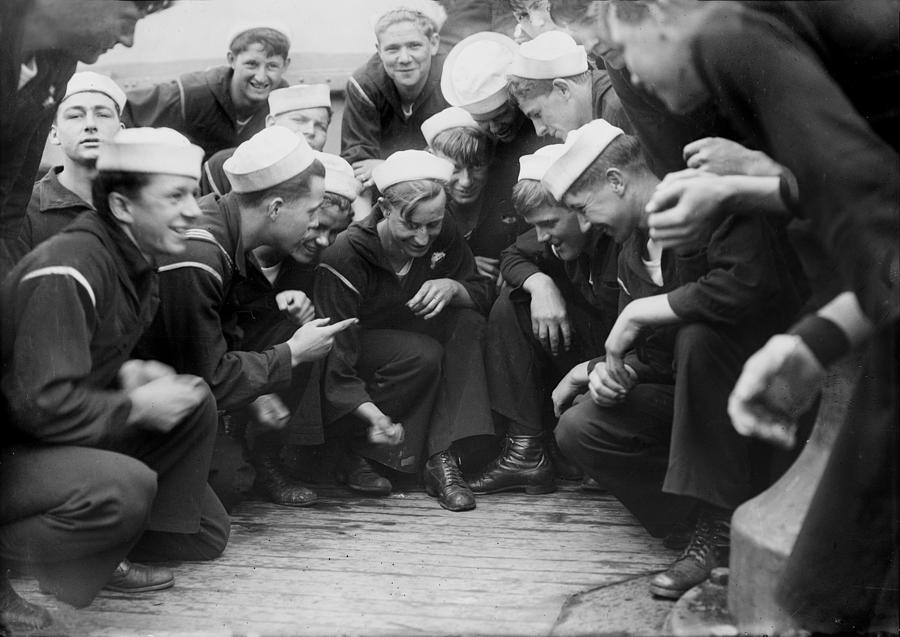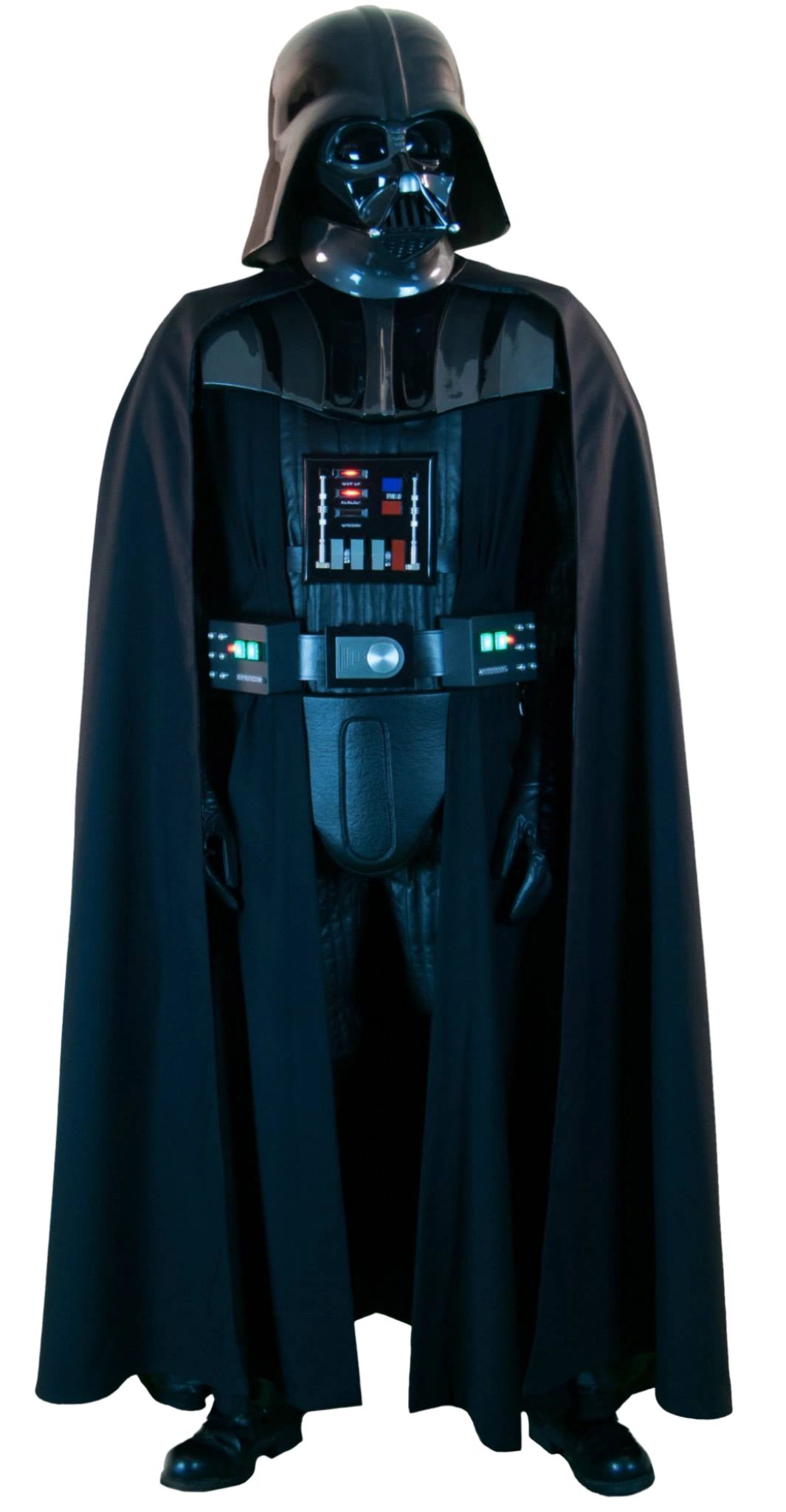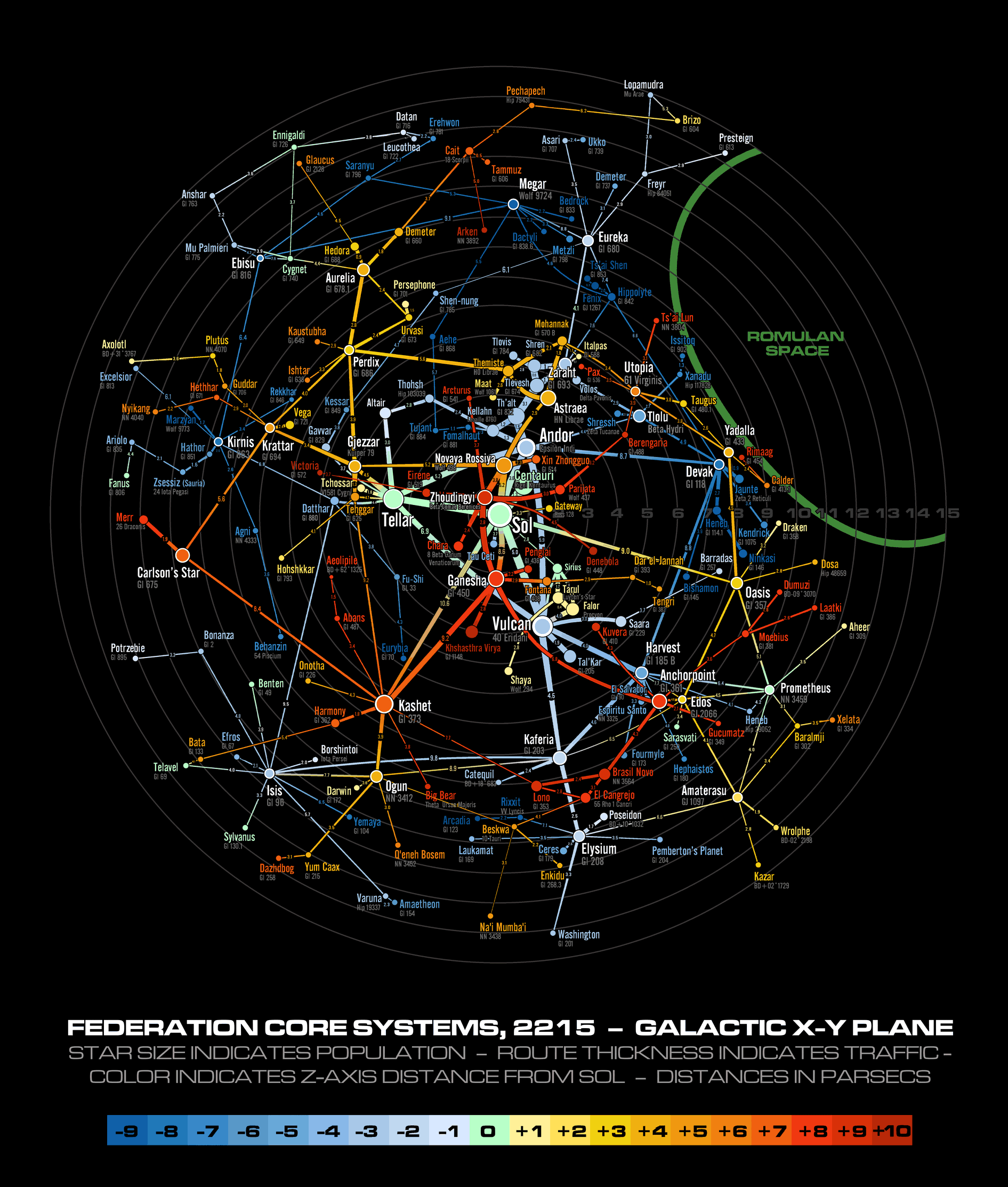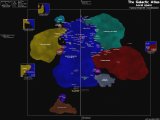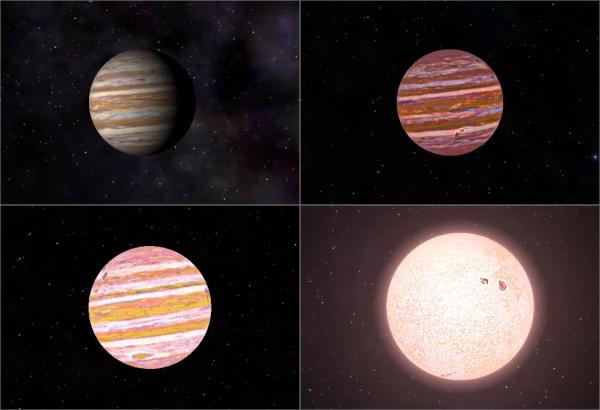 |
| From Orion's Arm: SF world building turned up to eleven |
Welcome back RocketFans, to another look at the Star Trek universe re-imagined through the lens of Hard(er) Science Fiction. For those of you just joining us, you can read the previous posts starting here.
In our last look at the subject of Star Trek’s epic scope being able to fit in a much smaller setting, I proposed the idea that our solar system, all by itself, was the perfect size in which to tell tales from the final frontier, provided we added a couple of suns and maybe cleared away two or so gas giants cluttering up the outer system. Because stellar engineering is less fantastic than faster-than-light travel or artificial gravity.
 |
| No, really. |
The thing is, it may very well be less fantastic. According our favorite wizard/mad scientist, Dr. Robert Forward, shooting Jupiter with a stream of muons would theoretically increase its density enough to collapse into a star. Where you get the stream of muons is left as an exercise for the student. I haven’t really given the muon thing a lot of thought, having heard of it not too long prior to post-time, and because I had already worked out a good sounding solution for myself, using a substance the setting already required.
I am speaking of one of Dr. Forward’s other favorite supplies of unobtanium: Negative Matter.
NegMat will be necessary to the setting already, so we can assume it exists for purposes of stellar engineering. According to Dr. Luke Campbell, who was kind enough to explain to me just how Lovecraftian an existential threat the stuff is, one could describe the effects of Negative Matter the way Ipa Sam did in my short story, A Gentleman’s Duty:
“When pure negative matter is exposed to an electrical field - any field, so much as a single photon, it will cause a runaway reaction where the energy is amplified continually until it vaporizes the ship and everything within direct contact. Then the individual particles will repel each other in the direction of the purest vacuum at the speed of light - maybe faster. And each of those individual, subatomic particles will amplify any energy they come into contact with.”
So...what if a sort of negative matter bomb was dropped into Jupiter’s atmosphere? Designed to lose containment once the terrible pressure of the giant’s interior crushes it? I propose that the runaway reaction would be enough to turn the protostar into a true stellar object. It wouldn’t be very bright, it wouldn’t be all that long lived, but for a species like ours, it would be more than enough to make terraforming the multitude of moons around old Jove worthwhile.
You may need to modify people to live there, however. Jupiter is famously radioactive and unshielded humans tend to wither under such conditions. Perhaps modifying baseline humanity into a species with enhanced protections - say, metallic plates around the brain and spinal column? They’d look different. Probably have pronounced brows and forehead ridges. What - that sounds familiar, doesn’t it?
 |
| Pictured: A |
Anyway, if you repeat the process at Saturn, you’ll end up with a nice trinary system with dozens of moons-cum-planets to terraform. Instant setting. I’ve mentioned a few times before that The Jovian system could become it’s own nation and how that would work out, so seeing Jove as the birthplace of a Hard SF analogue of the Klingon Empire is not that much further a jump.
As for Saturn, logically I’d use that system for my Not-Romulan Empire. In regular Trek, the Romulans are ethnic Vulcans who left their homeworld because they didn’t want to convert to the teachings of Surak. With not too much trouble I can come up with a reasonable facsimile of this schism for my setting, This is a cultural thing, however, so it will be discussed in later post.
Sufficed to say, If we’re turning planets into stars, terraform Mars and Venus will be a cinch. The inner planets will be the core of the UFP.
The last thing we need to establish in order to define the scope of our Hard SF Trek setting is warp drive. Yes, there will still be warp drive - despite not having faster-than-light travel.
It’s like this: The Alcubierre Drive, which if you already have Negative Matter lying around from solar injections is not that hard to develop, has been lambasted as impossible, impractical and generally a bad idea because all of the particles of interstellar media that get pushed along the bow-wave of the warp bubble will do a fair imitation of the Death Star once you reach your destination.
 |
| Wrong universe... |
But you’ll never be able to stop at your destination because once enclosed inside the warp bubble you cannot turn it off. Moving FTL, the electronic signal to stop will never catch up to the receiver. But you won’t care, because the bubble will fill with lethal amounts of Hawking radiation and cook you alive. Sounds fun, right?
The thing is, if you use the Alcubierre Drive to travel slower than light, most of those problems go away.
Most, not all. The radiation is still an issue, requiring frequent stops to let the stuff disperse. But you’ll be able to stop, you won’t destroy your destination, and most importantly for us, you’ll have interplanetary travel times comparable to the interstellar travel times seen in Star Trek. Even better, good ‘ole fashioned radio can be used to communicate with starfleet command, which will send messages and rarely, if ever talk in real time. Just like on TOS.
So now we’ve established our scope, RocketFans. We have a setting that meets our initial criteria of travel time, communication times, three multi-world polities, and lots of empty space. Also we have rubber-forehead "alien" species that can interbreed with humans! Bonus!
Next time, will start tackling the timeline of this setting, and see how we can add classic Star Trek touches like the Eugenics Wars, Zephram Cochrane, and the Earth-Romulan War. Good times. See you then!


